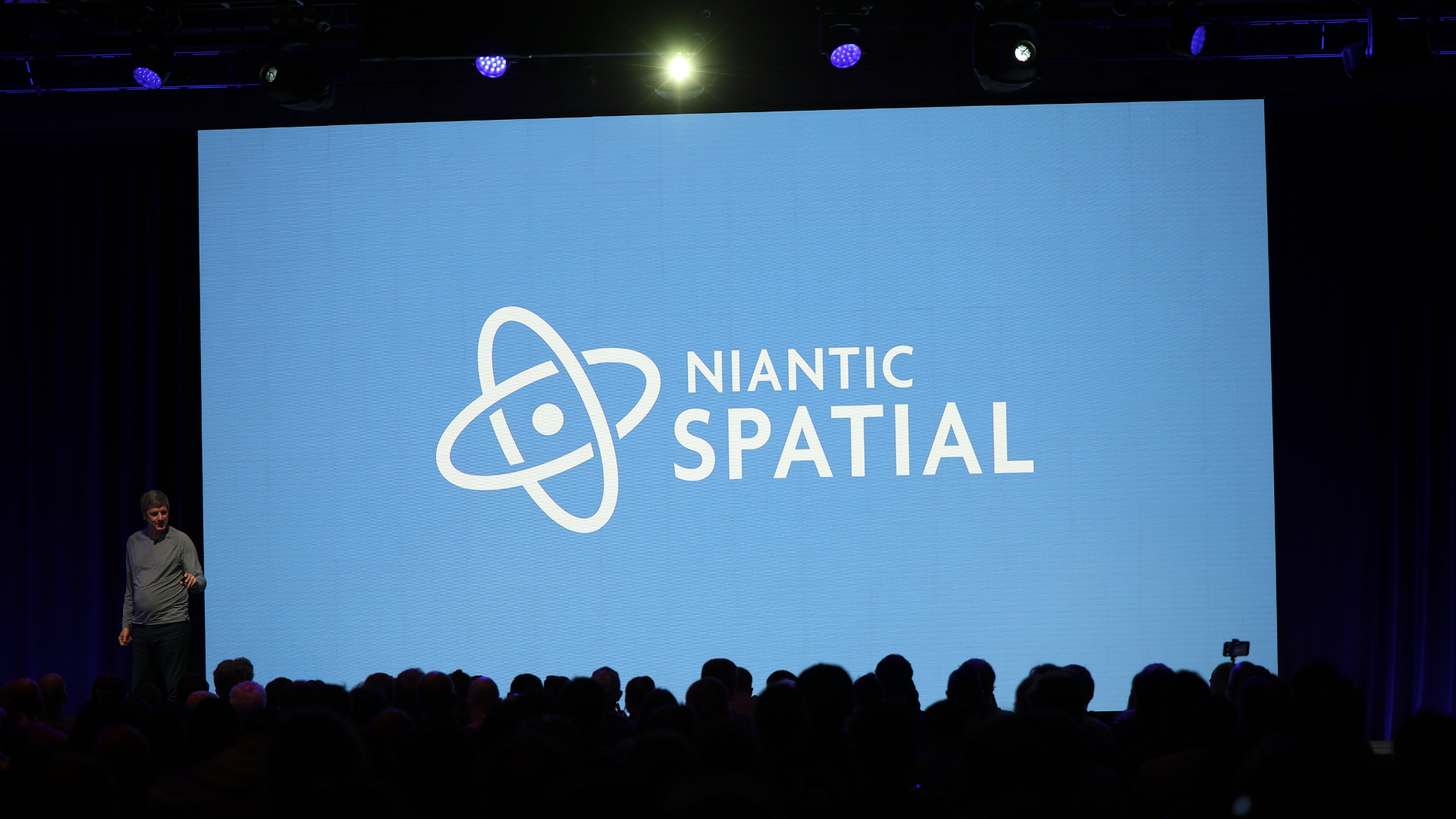Welcome back to AWE Talks, our series that revisits the best AWE conference sessions. With AWE USA 2025 concluded, we have a fresh batch of session footage to sink our teeth into for weeks to come.
We continue the action this week with Niantic's ambitious vision to geospatially map the physical world. Could its large geospatial model do for XR what large language models have done for AI?
See the summarized takeaways below, along with the full session video. Stay tuned for more video highlights each week and check out the full library of conference sessions on AWE’s YouTube Channel.
Speakers
Brian McClendon, Niantic Spatial, Inc.
Speakers
Brian McClendon, Niantic Spatial, Inc.
Key Takeaways & Analysis
– Niantic helped accelerate the last decade's wave of AR excitement and investment.
– Now it's ready for its next phase: selling Pokémon Go and focusing on its platform.
– This new chapter is marked by the company's new name: Niantic Spatial.
– Its goal here is to develop a shared understanding of the world through spatial data.
– This will, in turn, make XR experiences more intelligent, robust, and geo-relevant.
– Niantic's first phase was like search: indexing the world like Google indexes the web.
– Google Maps already does this, but Niantic's VPS has more depth and reliability than GPS.
– Now, the next phase involves a large geospatial model (LGM) similar to how LLMs power AI.
– And it has already well on its way with 150 million VPS-activated locations.
– The 3D spatial data that's required to build out these models comes from a few places.
– Geospatial data ingested from scaled gameplay of Pokémon Go and Ingress.
– Newer work done by drones, as well as its high-end Proton spatial capture device.
– Scans captured through Niantic's Scaniverse app, including high-quality Gaussian splats.
– It will also fill in spatial data through partnerships, such as its recent deal with Snap.
– Altogether, these data sources and inputs will help create a robust LGM.
– The goal is to transform how humans and machines understand and interact with the world.
"If LLMs help AI understand language," said McClendon from the AWE main stage, "our LGM will help us understand the world."
For more color and depth, see the full session below...
Want more XR insights and multimedia? ARtillery Intelligence offers an indexed and searchable library of XR intelligence known as ARtillery Pro. See more here.



